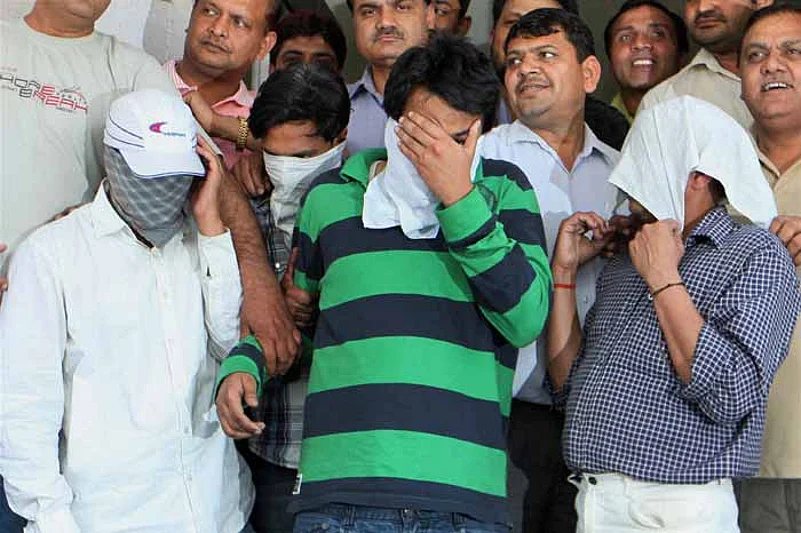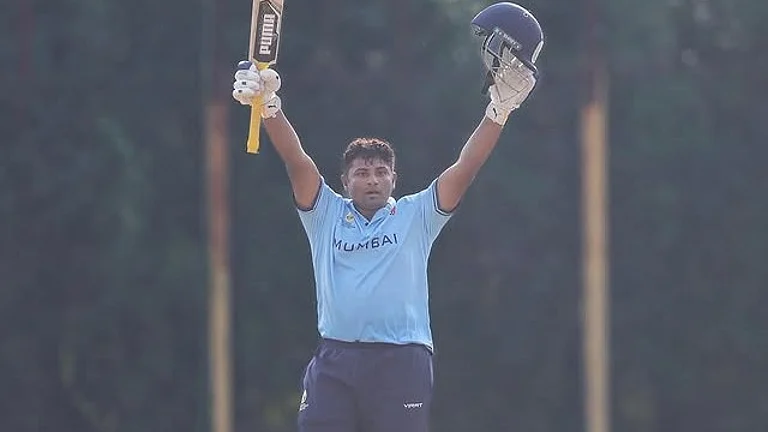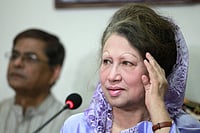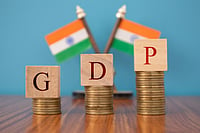Fake Licence Raj
The pilot licence racket and how it operates
1 Commercial Pilot Licence (CPL): Issued by flying schools. To qualify for a CPL, a candidate needs to log in a minimum of 200 hours. Schools, however, issue licences just after 40-50 hours of flying for a consideration.
The CPL has to be verified by the DGCA. Currently, there is no audit of whether flying schools are sticking to norms.
2 Airline Transport Pilot Licence (ATPL): A pre-requirement for a pilot to become a commander, you get it after clearing a written test conducted by the DGCA. Results can be tampered through touts/DGCA officials. Cost: Rs 5-12 lakh
3 Jobs in an airline: Middlemen are contacted through senior pilots. Cost of landing a job: Rs 12-25 lakh
***
So all hell might have broken loose after IndiGo pilot Parminder Kaur Gulati landed on the nose wheel of her plane at the Goa airport (and not for the first time), but a high level of negligence and callousness have been part of the aviation sector for a long time now. And the shocking bit is that the regulatory authority—the Directorate General of Civil Aviation or DGCA—and all major airlines have either been party to this decline in safety standards or conveniently turned a blind eye.
Take the case of an ‘employment’ agency started out of Mauritius in 2004 to supply pilots to Air India and its low-cost arm, Air India Express. Officially, such an agency should have no business with Air India since the national carrier had, and still has, a very stringent internal recruitment process. But the agency managed to influence pilot appointments by paying off officials. Worse, many other agencies of this kind have been in existence for over a decade now—they are managed mostly by senior/retired pilots who have found a way to manipulate the system while doing favours for a select few willing to pay up. The amount charged varies from candidate to candidate, but is said to run into several lakhs.
As for the fake licences, it was evident that it was impossible to work the system without the help of an insider in the DGCA. So it did not come as a surprise for those in the aviation industry when Pradeep Kumar in the licensing department and R.K. Passi, director, safety, of the DGCA were arrested recently for having a hand in issuing fake licences. After all, the DGCA has been known to dole out favours and change regulations to suit various airlines. Says Captain A. Ranganathan, member, safety advisory committee of the Union aviation ministry, “The arrests have certainly been a dampener. The DGCA officials are running scared now. The organisation really needs to have people with integrity.”
Captain Ranganathan believes the rot started with the entry of private carriers in the ’90s. “It became a cancer during the boom time,” he says. “It was a free-for-all, with the DGCA giving out waivers and dispensations at will. It was almost as though the DGCA thought that deregulation meant removing all regulations. We are paying the price for it. The corruption level grew into a tumour that has to be surgically removed now.”
A total of 10 arrests have been made so far and over a dozen pilots have been grounded since the scam broke out early in March. The investigations into Parminder Kaur Gulati’s faulty landing in January revealed that she had obtained her licence on the strength of a fake marksheet. On verifying other licences, it was found that Passi’s daughter Garima, a pilot with SpiceJet, had also obtained her licence courtesy a fake marksheet thanks to her father’s help.
Many more cases where the children of DGCA officials and senior pilots have been accommodated are now coming to light. Says new Union aviation minister Vayalar Ravi: “I’ve been informed that favours were being done for sons and daughters of senior officials and pilots. This issue needs to be addressed.” Several touts have been arrested this month and the Delhi Police has also sent a lookout notice for three pilots who have been missing since the licence scam broke out.
At the root of problem (see graphic) are the flying schools. Having mushroomed across the country following the civil aviation boom, many of them are just unscrupulous fly-by-night operations. They issue commercial pilots’ licences (CPLs) certifying that the trainee pilot has logged in the required 200 hours of flying. In reality he/she may have flown no more than 50 hours. The DGCA is expected to audit these schools and run a check on the licences issued. But, obviously, this is not done.
To make matters worse, for a significant period between 2005 and 2009, the DGCA did away with the need to pass Physics and Math in Class 12 for a CPL: Pilots are also trained hurriedly once they are hired by an airline. “I’ve seen new pilots get trained in eight months when at least a year is required,” says a senior airline pilot. “Between 2004 and 2009, many co-pilots aged 23-25 were made commanders. Private airlines defiantly led the race in overlooking flight safety and training standards.” Adds Ranganathan: “Most airlines are only interested in profits and this racket could not have thrived without support and participation from the carriers. We have been pointing out that the training standards are poor. And the fact that so many pilots with fake licences slipped through is a clear pointer to the failure of the system.”
The DGCA blames all lapses on its part on shortage of staff. This, when it promised to fill more than 500 posts after the US Federal Aviation Administration warned that it would downgrade India’s safety rankings. However, the situation just seems to go from bad to worse. Acknowledging this at a public forum, current DGCA Bharat Bhushan said, “The problem we are facing at DGCA is that it’s an organisation with huge responsibilities and limited manpower of 120-130 people all over India taking care of the entire safety scenario.”
Industry insiders, however, say that with a new minister and DGCA, a clean-up is likely to take place. Realising that the responsibility begins at his doorstep, Vayalar Ravi says, “I won’t succumb to any pressures. Ensuring safe skies is my duty to the people and I have informed the DGCA that it does not matter who is involved, action must be taken against the guilty.”
The ministry has ordered the scrutiny of all 4,500 ATPLs, the airline transport pilot licence that qualifies a pilot to be a commander; 10,000 CPL licences alongwith an audit of the 40-odd flying schools in the country. The DGCA too, among its latest corrective measures, has said it will liaise with schools abroad to verify documents since many Indian pilots go to schools abroad to complete their flying hours. If it’s miracles that have kept us safe in the skies so far, they will hopefully now be replaced by a genuine, thorough overhaul.


























